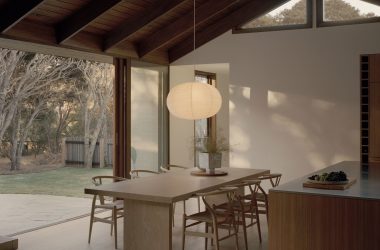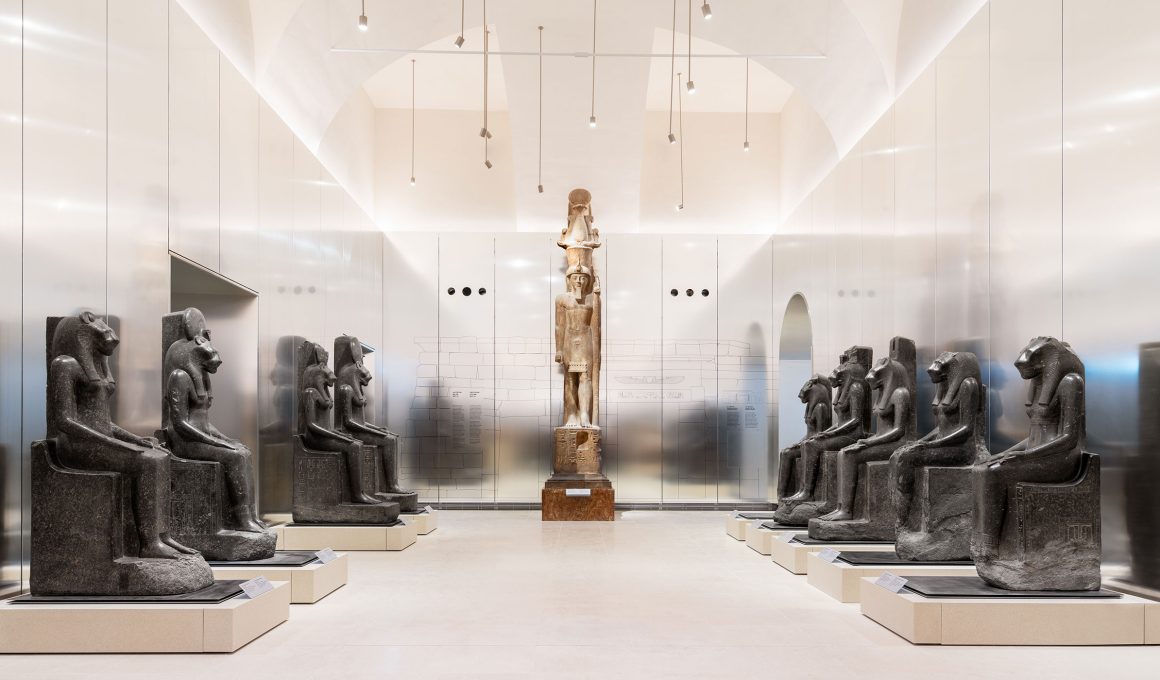The newly renovated Gallery of the Kings at Turin’s Museo Egizio, crafted by David Gianotten and Andreas Karavanas of OMA in partnership with Andrea Tabocchini Architecture, was officially opened by Italy’s President Sergio Mattarella during the museum’s bicentennial festivities. This fresh design stands in stark contrast to the original black box gallery, which was conceived in 2006 by scenographer Dante Ferretti. The revamped space not only showcases the ancient Egyptian statues but also provides essential context about their origins in Thebes, now known as Luxor.
David Gianotten, Managing Partner and Architect at OMA, shared his enthusiasm for creating the Gallery of the Kings, noting that it encouraged a thorough investigation of how modern museum experiences can blend with the historical importance of artifacts through innovative architecture. He highlighted the honor of working with the museum’s committed and skilled team on this project, looking forward to how both local and global visitors will engage with this invaluable collection in new and exciting ways.
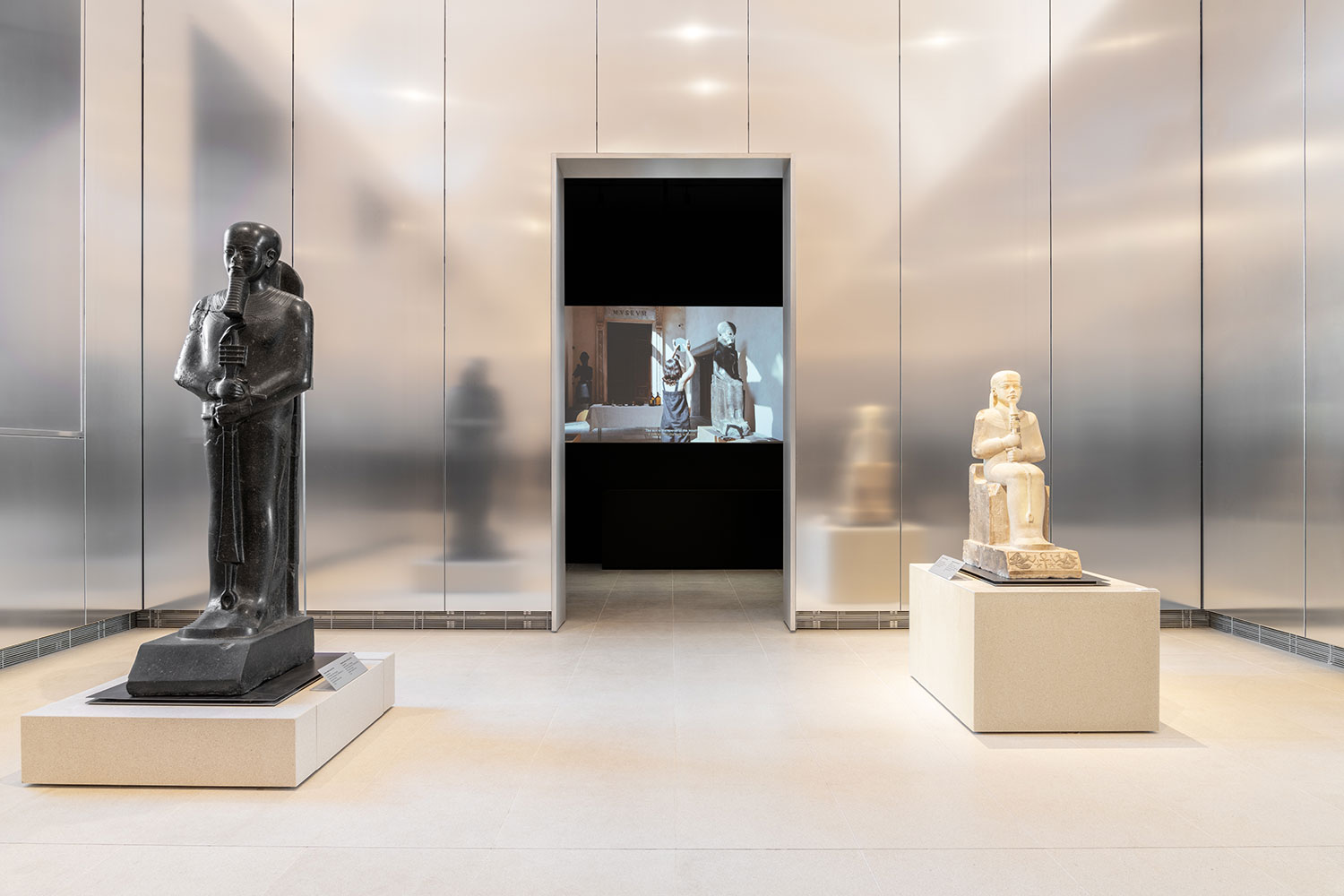
The design of the Gallery of the Kings was heavily influenced by the curatorial and research initiatives of Museo Egizio. The experience within the new gallery is characterized by a dramatic transition from darkness to light, a theme that resonates with the ancient Egyptian belief in creation, often linked to kings and deities. Visitors are welcomed through a shadowy entrance adorned with digital projections that narrate the history of Karnak, the birthplace of the statues.
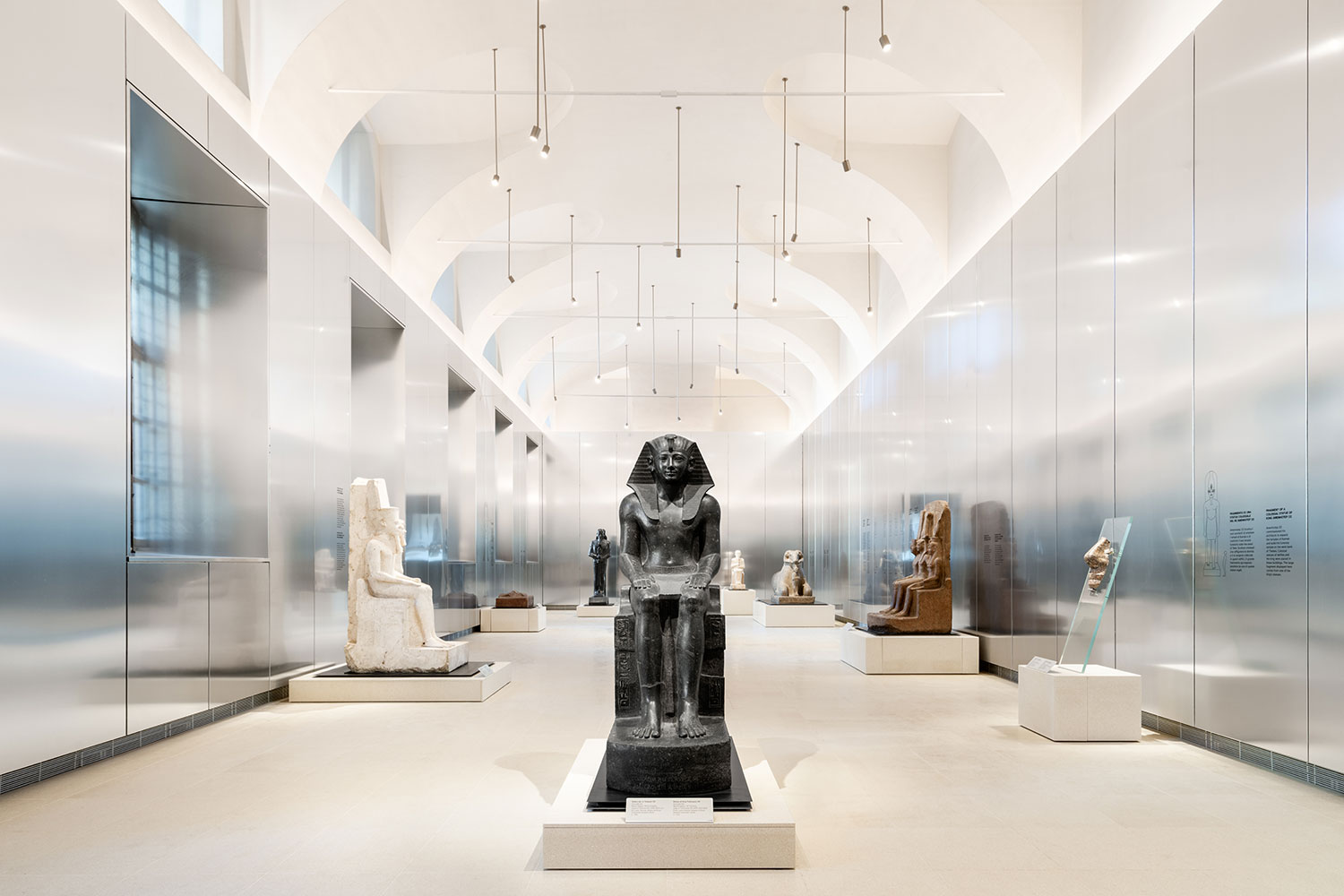
As guests move through the gallery, they encounter two radiant openings that guide them into the main exhibition halls, which are bathed in a blend of natural daylight and carefully curated museum lighting. This thoughtful design not only enhances the visibility of the artifacts but also enriches the overall experience, inviting visitors to immerse themselves in the rich history and cultural significance of the ancient Egyptian civilization.
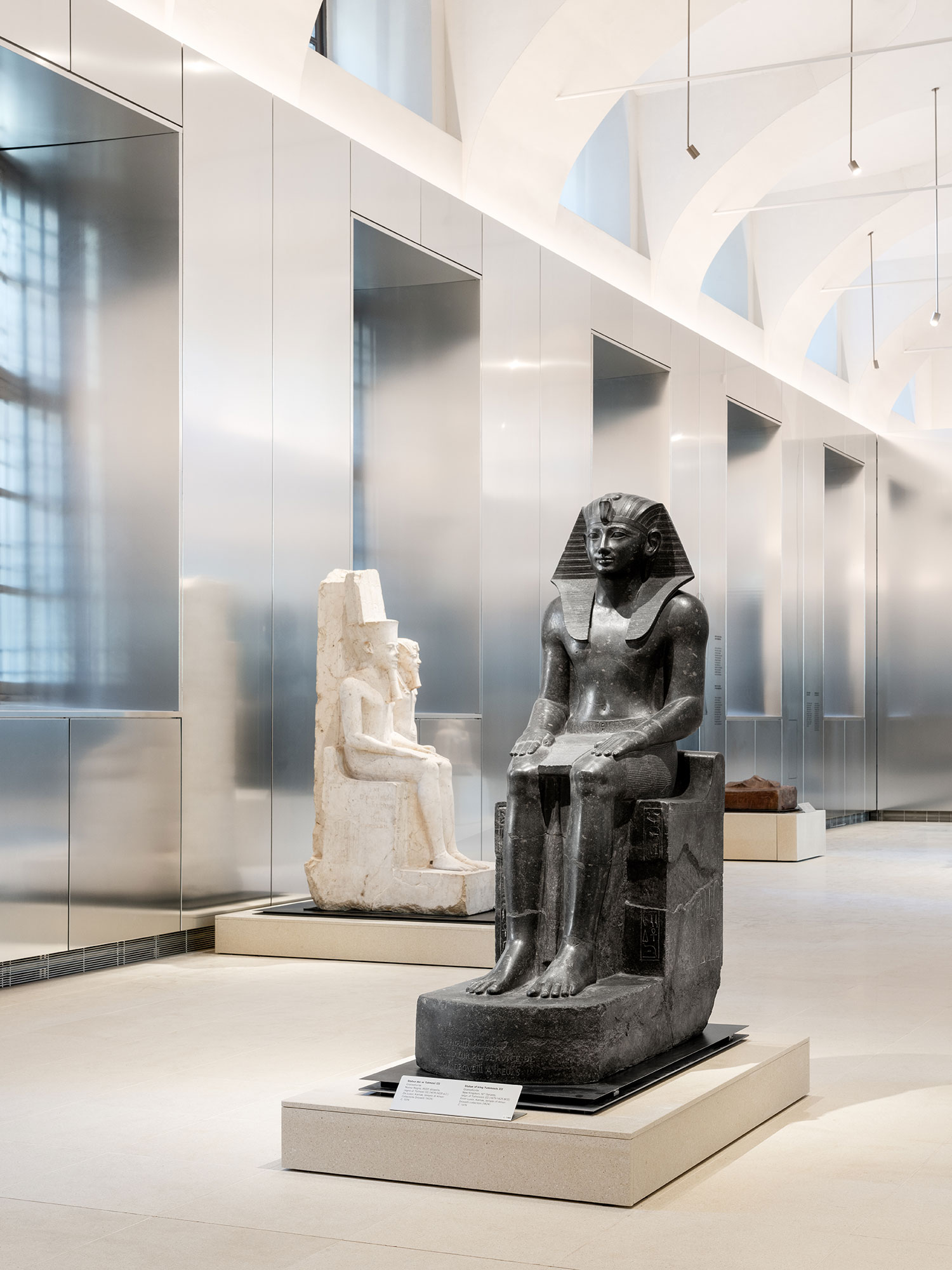
In the newly reimagined space, the grandeur of the original 17th-century architecture has been fully revealed, showcasing the majestic vaults and soaring windows that define the area. The monumental statues now bask in natural light, reminiscent of their original setting at Karnak. The subtly reflective aluminum walls not only provide historical context about the statues but also impart a dreamlike quality to the gallery, enhancing the overall experience of traversing through an ancient Egyptian temple.
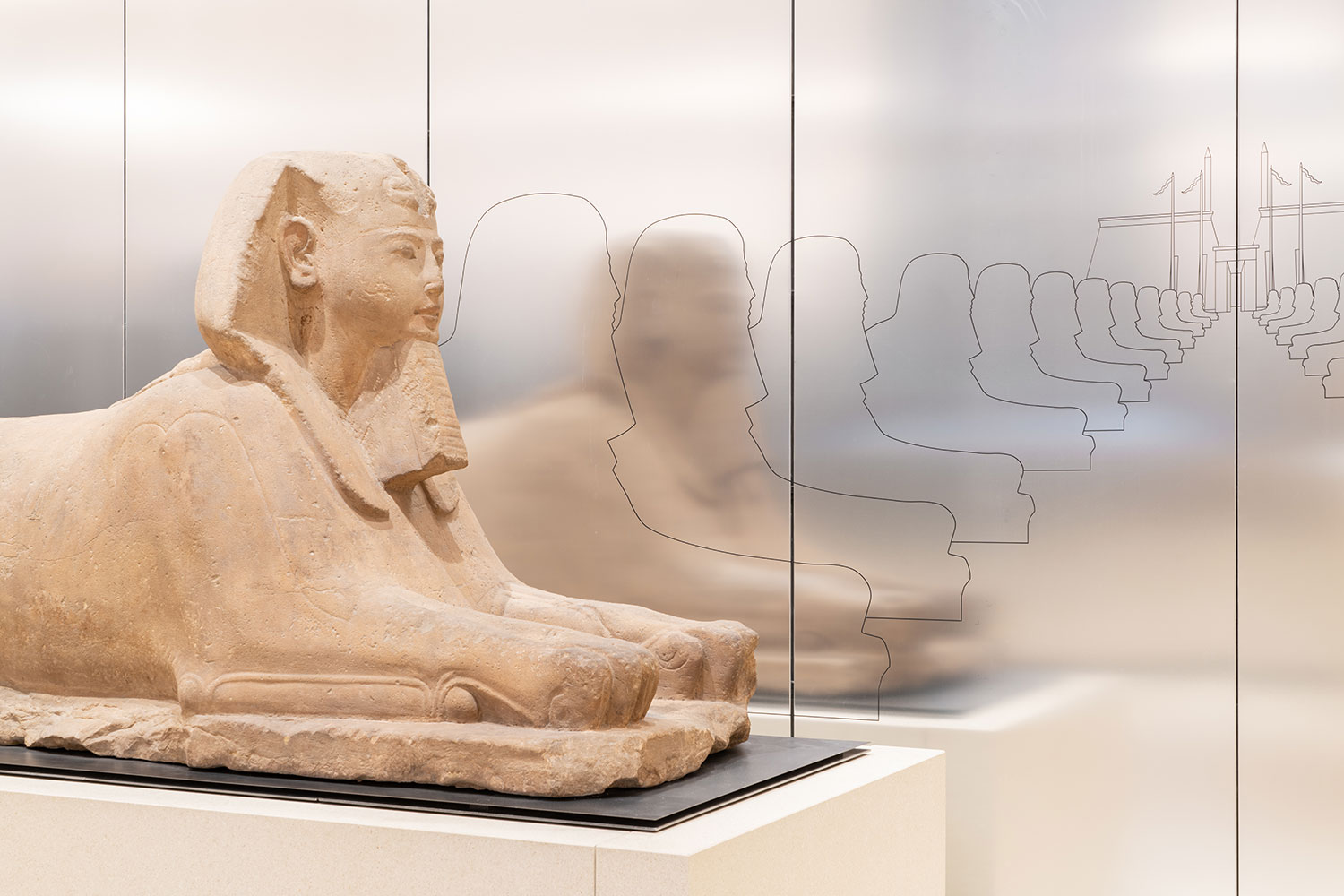
The first exhibition hall captivates visitors with two sphinxes positioned face to face at its center, surrounded by both standing and seated representations of the Egyptian goddess Sekhmet. This striking arrangement conjures images of the temple’s outer precincts, evoking the processional avenues and sunlit courtyards that once thrived in ancient times. At the far end of the hall, the statue of Seti II, originally located before the king’s chapel at the Temple of Karnak, serves as a crowning highlight of the exhibition.
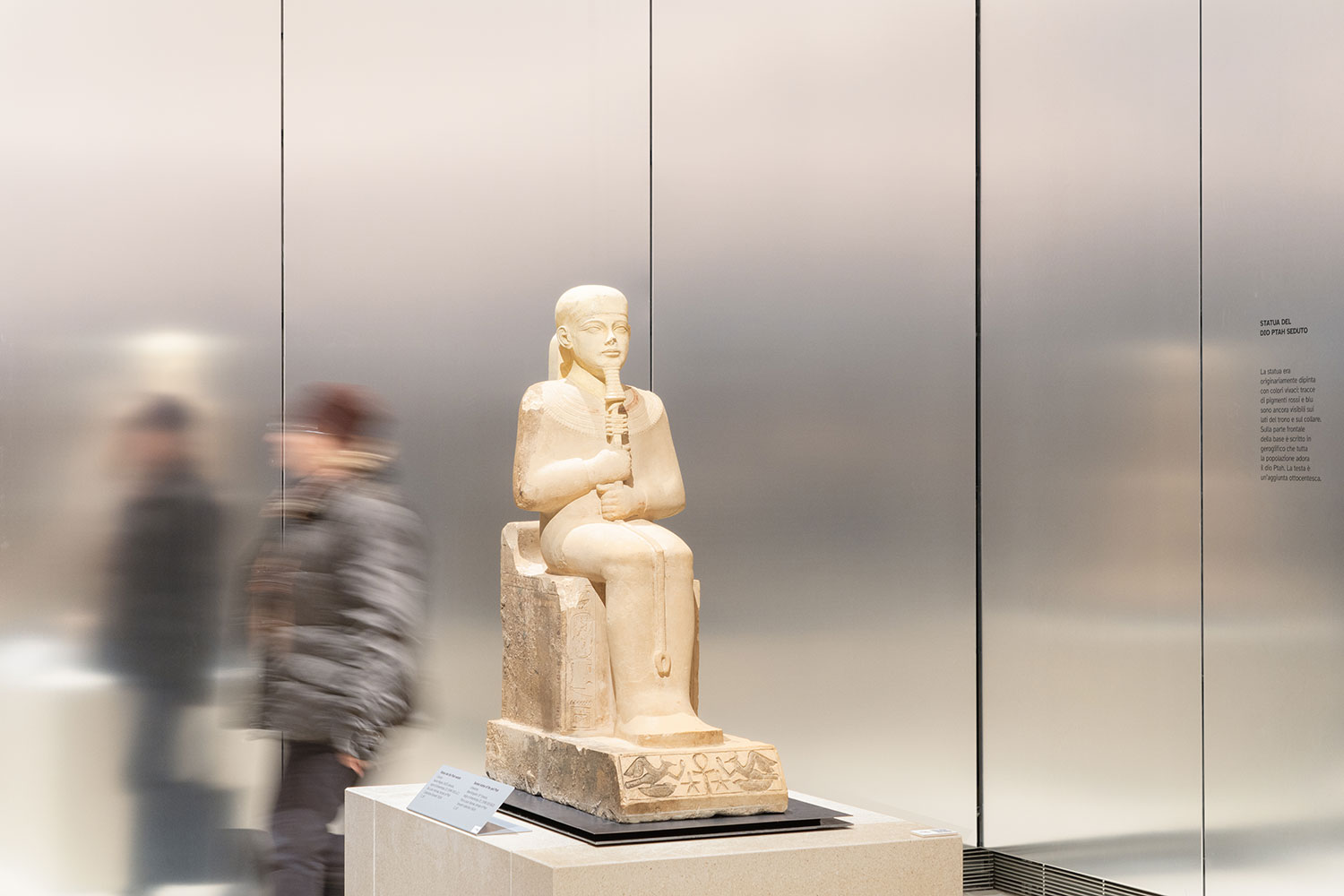
Visitors enter the second hall and find themselves in the temple’s sacred area, surrounded by statues of kings and gods. Here, Amenhotep II is shown respectfully offering wine to other king statues, with a timeline of royal and divine figures arranged around him. At the center stands the impressive statue of King Ramesses II, showcasing the strength and creativity of ancient Egypt. The display concludes with striking images of the god Ptah and the god Amun, represented as a ram. Architect Andrea Tabocchini, the creative mind behind this project, highlights that this work goes beyond simple redesign; it celebrates culture, honors history, and aims to inspire future generations to connect with their roots.




